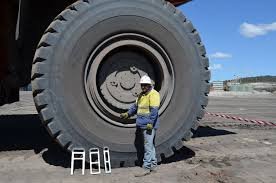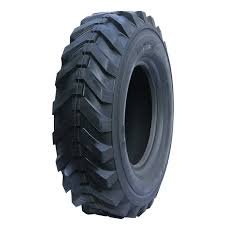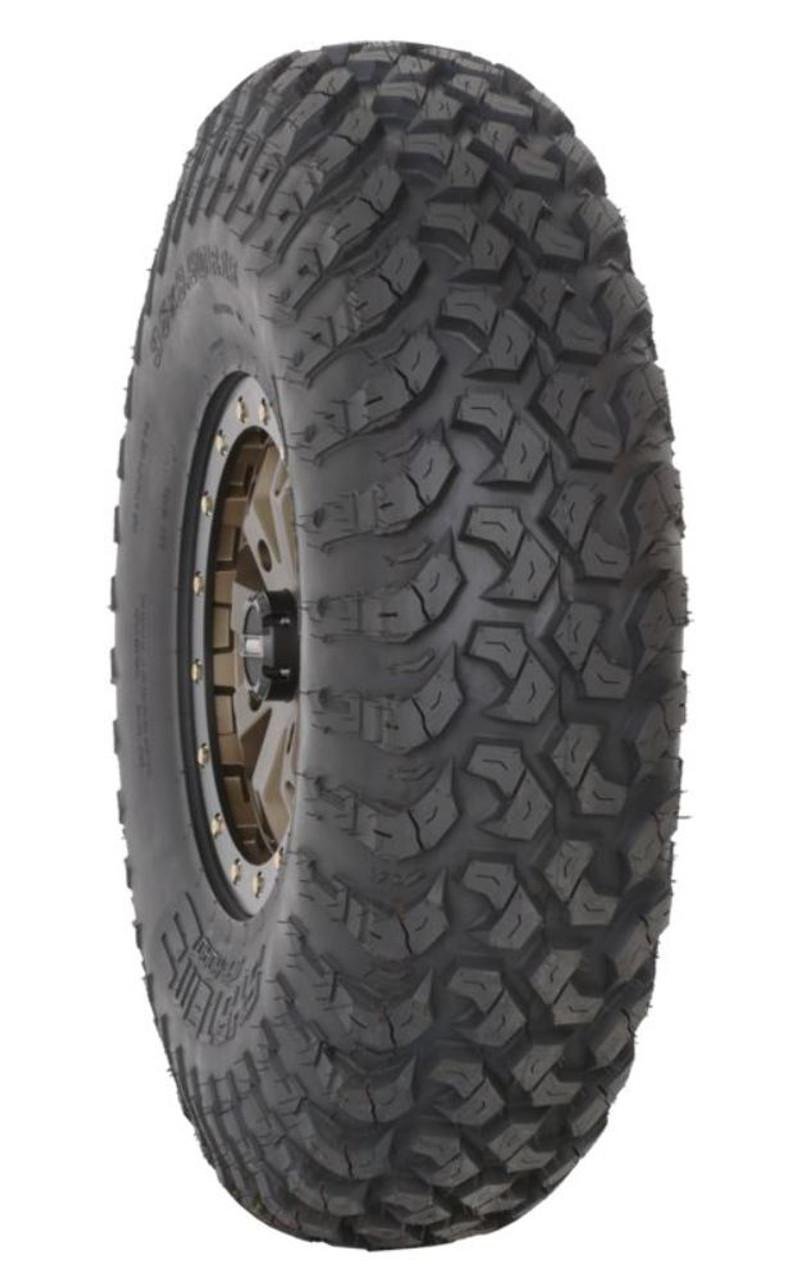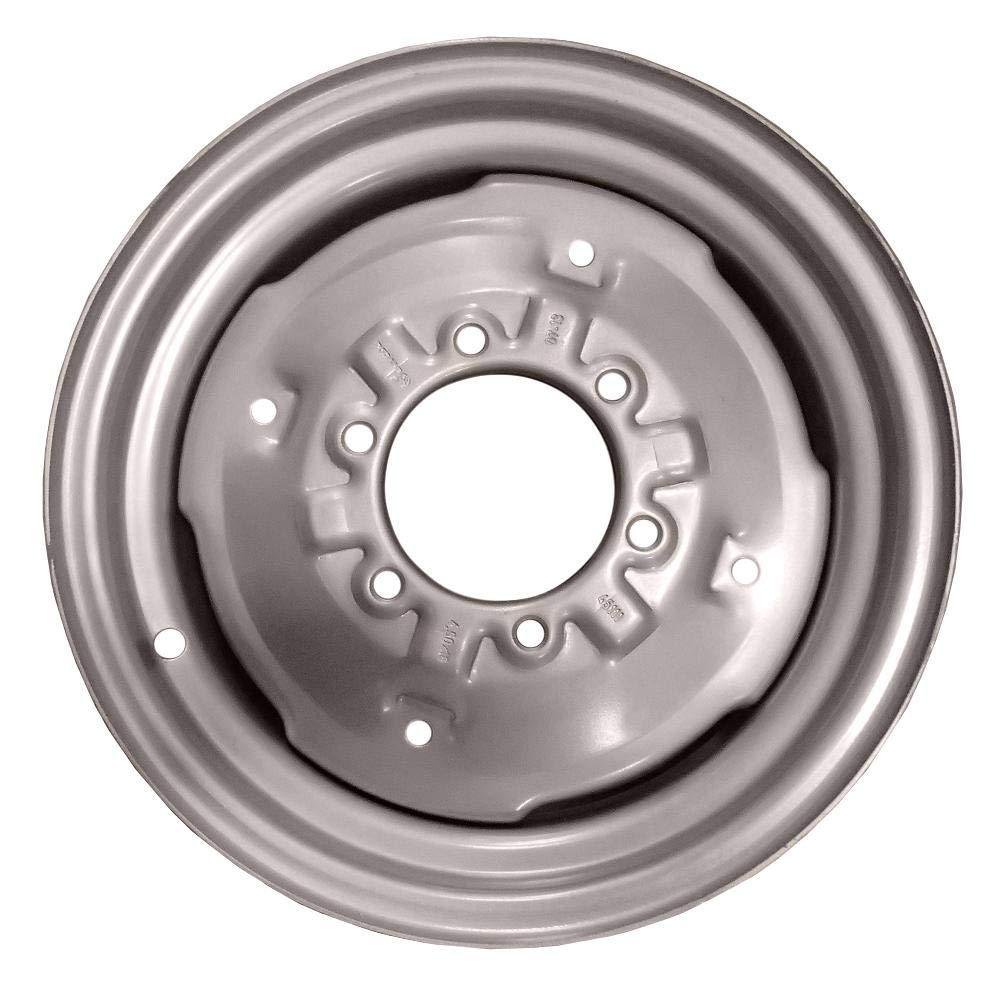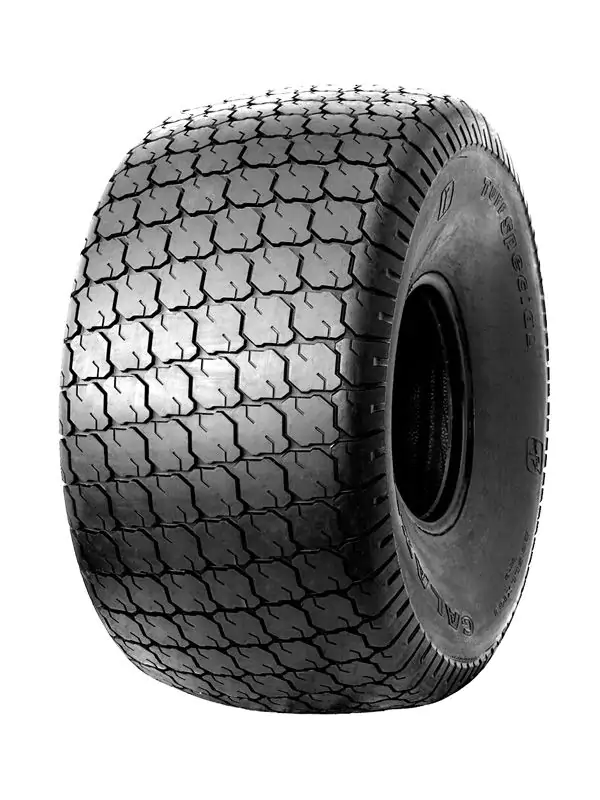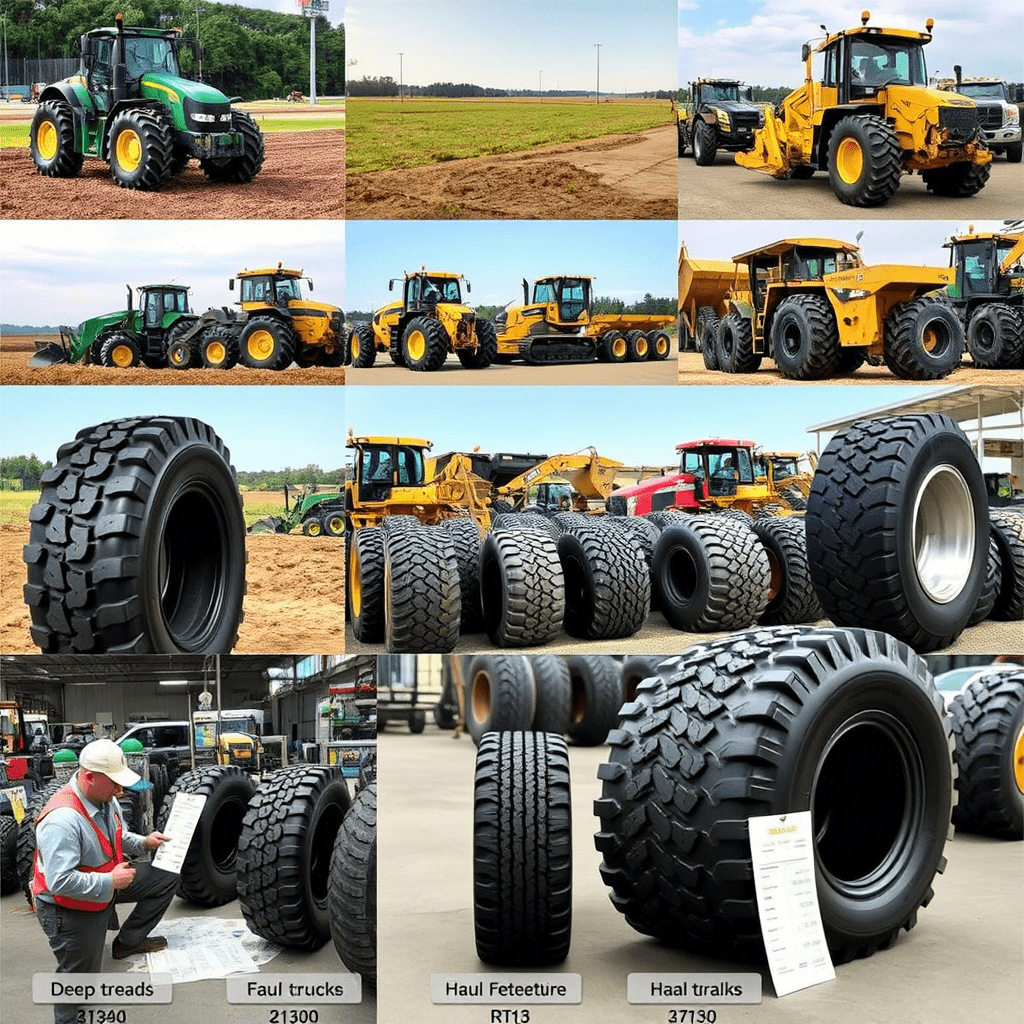You’re wrestling with the steering wheel, engine roaring, but your tractor’s back tires just spin in the mud. Nothing moves. Frustrating, right? I remember my first spring planting season—I’d just bought a used Massey Ferguson, and halfway through a wet field, it sank like a stone. My neighbor, old Ben, chuckled and said, “Son, you need water in those tires!”
Turns out, that muddy struggle is why generations of farmers fill tractor tires with water. It’s not a myth—it’s physics, traction, and survival. Let me break it down for you like Ben did for me over coffee that day.
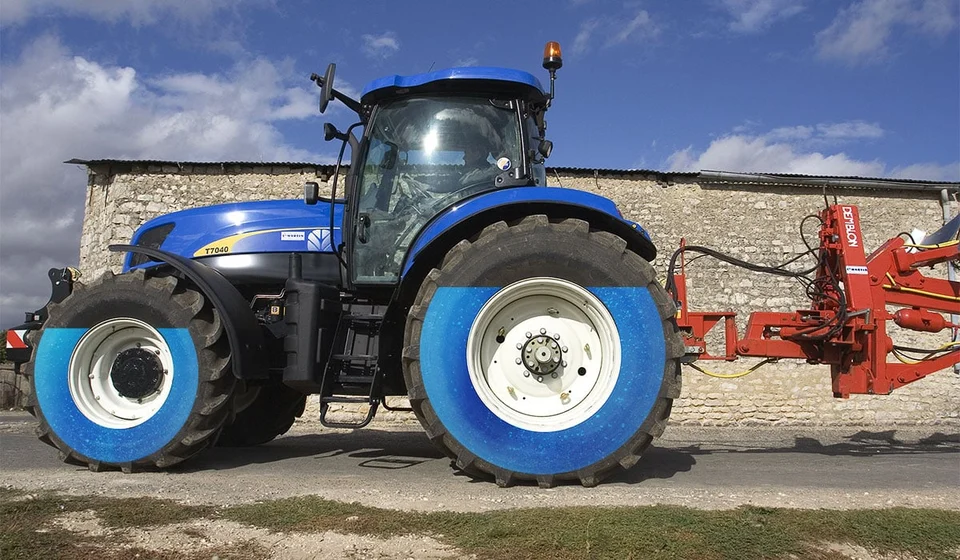
The “Aha!” Moment: Water’s Magic Trick
When Weight Becomes Your Best Friend
Imagine pushing a wheelbarrow full of bricks uphill. Now try it empty. Which grips better? Exactly. Water adds weight—up to 1,100 pounds per tire—forcing your tractor’s lugs down into the soil. No more spinning. No more wasted diesel.
“Ever felt that sinking feeling watching your tires churn mud while your harvest clock ticks? Water ballast fixes that.”
In fact, Nebraska Tractor Test Lab studies show ballasted tractors reduce slippage by 20–30%. That’s less fuel, less tire wear, and more acres covered before sunset.
Stability: No More “Tractor Wheelies”
Remember my near-disaster hauling hay bales? Without ballast, my front end lifted like a scared horse when I raised the loader. Water lowers your center of gravity, anchoring you to the earth. It’s the difference between “Whoa!” and “Okay, let’s go.”
But Wait—There’s a Catch (Isn’t There Always?)
The Freezing Fiasco
My rookie mistake? Forgetting antifreeze. One January morning, I found my tires frozen solid. Water expands when it freezes, threatening rims and valves. Now I use beet juice (RimGuard)—non-toxic and good to -35°F.
Soil Squeeze: The Hidden Cost
Heavier tractors compact soil. I learned this the hard way when my corn rows over wheel tracks yielded 15% less. Clay soils suffer most. Solution? Only ballast when essential (like plowing), and consider radial tires that flex to spread weight.
✅ Also check: Radial vs. Bias Tires: Which Wins for Your Farm?
How to Ballast Right: A Farmer’s Field Guide
Step-by-Step: No Mess, No Stress
-
Park uphill (trust me, gravity helps).
-
Rotate the valve to 12 o’clock.
-
Fill slowly until water trickles out (that’s ~75% full).
-
Top off with air (cushions bumps).
Why not 100%? Full water sloshes in turns. At 75%, air absorbs the “wave.”
Liquid Alternatives: Beet Juice vs. Calcium Chloride
| Type | Weight/Gal | Best For | Watch Out |
|---|---|---|---|
| Water | 8.3 lbs | Budget fix | Freezes easily |
| Beet Juice | 11 lbs | Eco-friendly farms | Slight sticky mess |
| Calcium Chloride | 11.5 lbs | Max weight | Corrodes rims! |
I switched to beet juice after calcium chloride ate through a 20-year-old rim. Lesson learned.
✅ Also check: Tire Maintenance: Avoid Costly Repairs
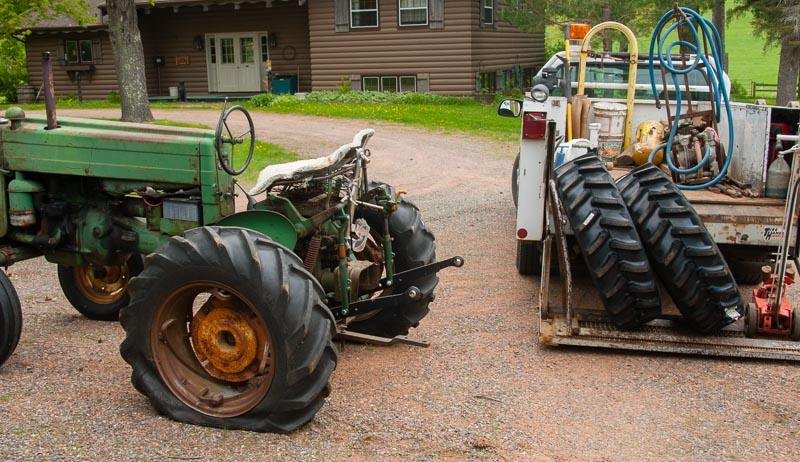
Beyond Water: Smarter Options for Modern Farms
When Water Doesn’t Cut It
-
Suitcase Weights: Bolt-on steel plates. Easy to remove for road travel (saves 4–7% fuel!).
-
Foam Fill: Zero flats, but brutal ride quality (your spine will protest).
-
VF Tires: New tech like Michelin’s UltraFlex needs less ballast and grips like a mountain goat.
“Why pay for extra diesel hauling water to town? Weights come off. Water stays.” — Sarah, dairy farmer, Wisconsin
✅ Also check: Top Tractor Tire Brands for Heavy-Duty Work
The Future: Is Water Ballasting Dying?

With soil health in focus, precision ballasting is rising. Systems like Michelin’s CargoBib adjust tire pressure on-the-go—low for fields (big footprint), high for roads. Paired with telematics, it could make water obsolete.
But for small farms? Water’s near-free cost keeps it alive. As my neighbor Ben says: “Why complicate what works?”
Your Turn: What’s Right for Your Land?
-
Sandy soil? Water boosts traction without severe compaction.
-
Hilly terrain? Liquid ballast prevents rollovers.
-
Road travel often? Use removable weights.
“What’s your ballast battle story? Did water save your season—or cause a new headache? Share below!”
About the Author
Jake Wilson grew up fixing tractors on his family’s Iowa corn farm. A certified ag equipment engineer, he’s spent 18 years helping farmers optimize machinery. His motto: “Work smarter, not harder.”
Trusted Sources
-
University of Nebraska Tractor Test Lab
-
USDA Natural Resources Conservation Service (soil compaction studies)
✅ Internal Links Used:
🌍 Outbound Links:


